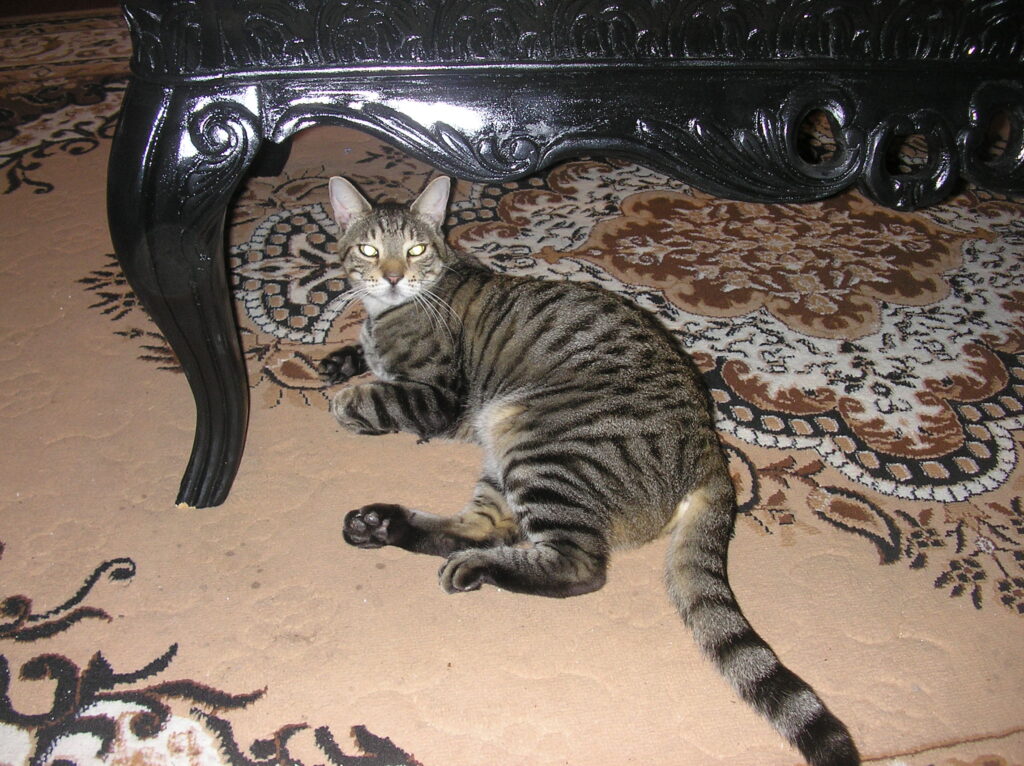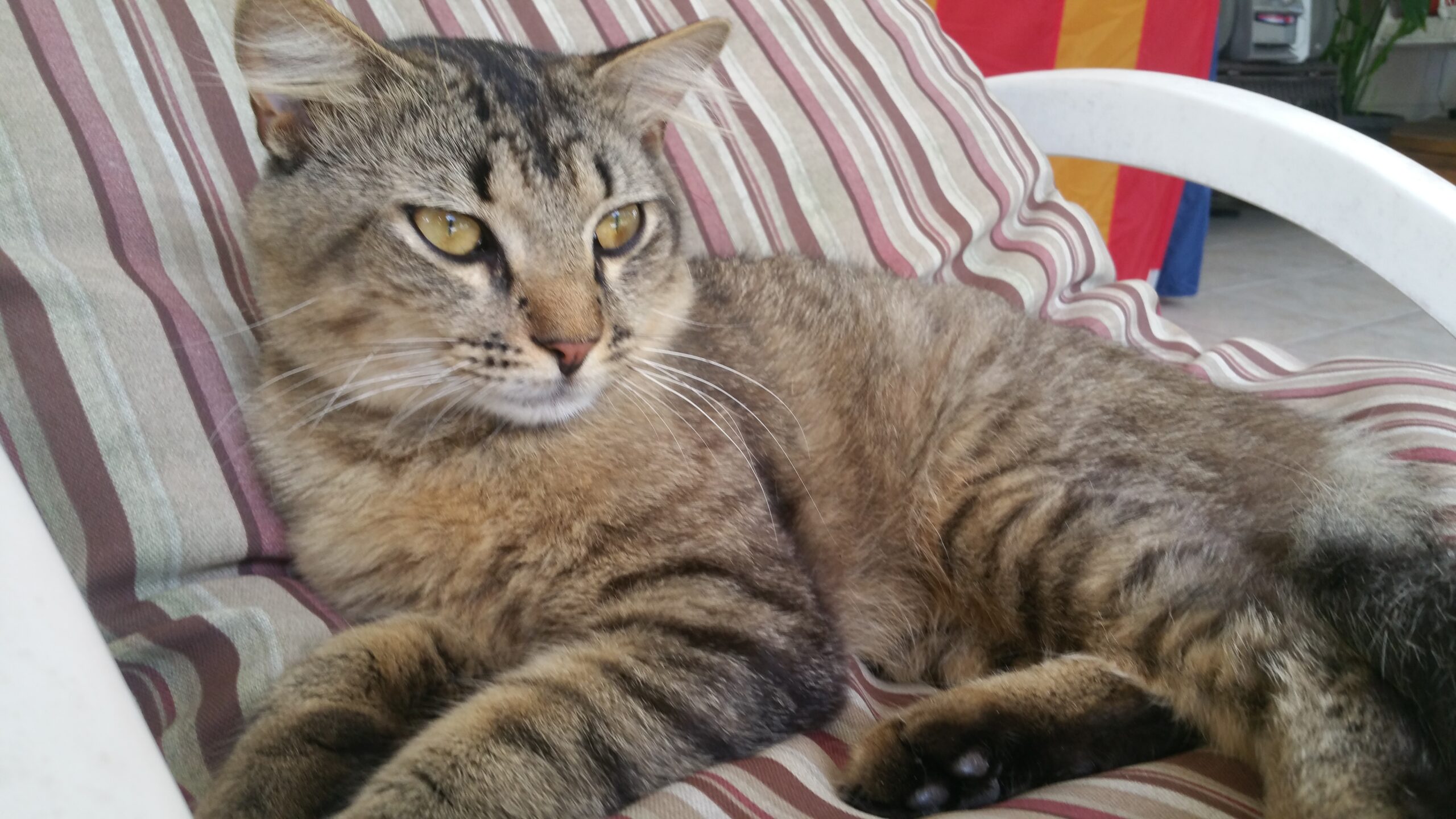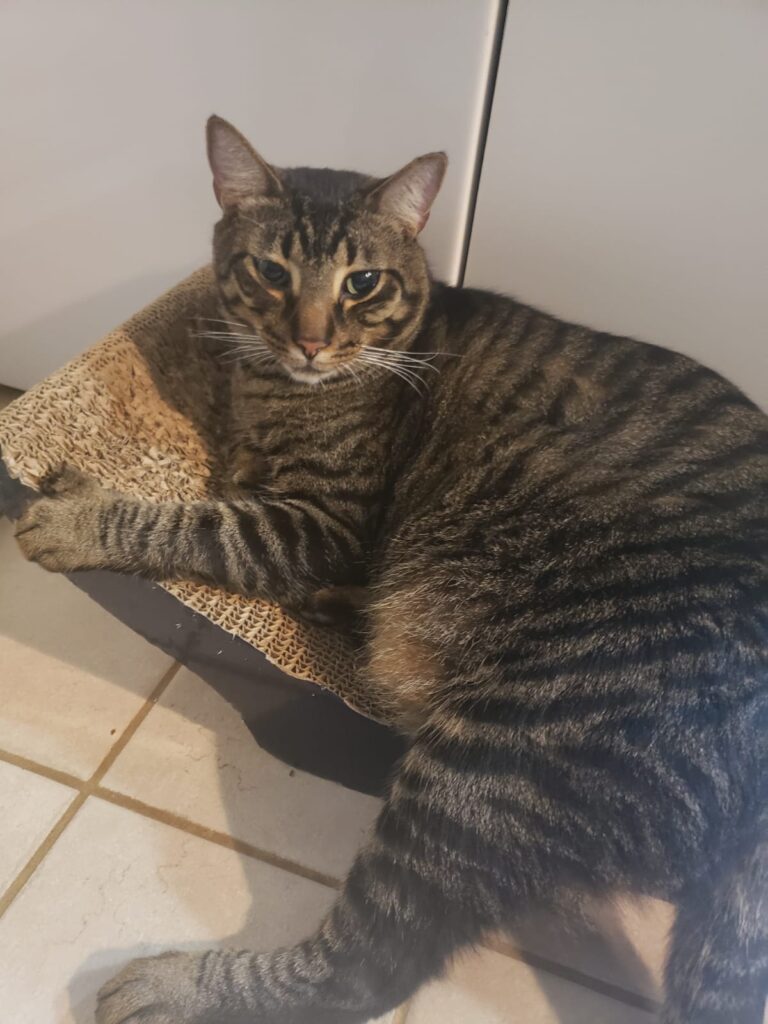The Responsible Choice: Neutering Your Cat for Health and Population Control
Today, we will delve into a subject that may evoke strong emotions among cat owners. It’s essential to emphasize that the decision to neuter your cat is a personal one, influenced by your individual values and beliefs. In this discussion, we aim to offer some insights and perspectives that shed light on why many consider neutering a responsible choice.

Neutering, which includes spaying for females and castration for males, is a widely accepted and responsible practice in pet ownership. This procedure is advocated not only by numerous veterinarians but also by prominent animal welfare organizations worldwide. While some may question its necessity or express concerns, the overwhelming consensus among experts in the field of veterinary medicine and animal welfare is that neutering is a responsible choice that promotes the health and well-being of cats, contributes to controlling cat populations, and aligns with ethical principles.
Preventing Overpopulation: Mitigating the Challenges of Cat Overpopulation. Neutering, specifically spaying for females and castration for males, stands as a crucial measure in addressing the profound and often heartbreaking issue of cat overpopulation. The endorsement of neutering by veterinarians, animal welfare organizations, and responsible pet owners is underpinned by a profound understanding of the far-reaching consequences of unchecked feline reproduction.
The Prolific Nature of Cats: Cats are known for their remarkable reproductive capabilities. A single pair of unaltered cats and their offspring can potentially produce hundreds of kittens within just a few years. Cats reach sexual maturity at a young age, often as early as five to six months, and they are capable of multiple litters per year. This biological reality, while fascinating from a biological perspective, poses a formidable challenge when it comes to managing feline populations.
The Overcrowded Shelters Dilemma: In regions where cat overpopulation is uncontrolled, the consequences are readily apparent. Shelters, which are dedicated to providing care and finding homes for animals, find themselves overwhelmed. The inflow of cats and kittens, many of which are homeless and suffering, places an immense burden on these facilities. Overcrowded shelters often struggle with limited resources, including space, funding, and personnel, making it increasingly difficult to provide adequate care for every animal.

Euthanasia and Homelessness: Tragically, the impact of cat overpopulation extends to the fate of individual cats. Overcrowded shelters may face the agonizing decision of euthanizing healthy, adoptable cats due to the sheer volume of incoming animals. This heartbreaking reality underscores the urgency of addressing the root cause of the problem—unchecked feline reproduction. Cats born without responsible ownership often end up homeless, fending for themselves in harsh conditions, facing disease, hunger, and the dangers of the streets.
The Role of Neutering: Neutering serves as a powerful tool in breaking this cycle of suffering. By spaying females and castrating males, the reproductive capacity of cats is significantly curtailed. Neutered cats are unable to reproduce, which means fewer kittens are born into precarious circumstances. This, in turn, reduces the pressure on shelters and lowers the incidence of euthanasia due to overcrowding.
A Responsible Approach: Responsible pet owners recognize their role in this larger context. Neutering is not merely a matter of personal choice; it is an ethical responsibility. It is a proactive step toward preventing unnecessary suffering and alleviating the challenges faced by animal shelters. By neutering their cats, owners contribute directly to the reduction of the homeless cat population and the alleviation of the strain on animal welfare organizations.
Health Benefits: Neutering offers several health advantages for cats. For males, castration significantly decreases the risk of testicular cancer and can reduce the likelihood of prostate issues.
| For Males. Castration, the neutering procedure for male cats, brings about several notable health benefits | For Females. Spaying, the neutering procedure for female cats, offers its own set of substantial health benefits: |
| 1. Reduced Risk of Testicular Cancer: One of the foremost advantages of castration is the significant reduction in the risk of testicular cancer. By removing the testicles, the primary site where testicular cancer originates, veterinarians effectively eliminate the potential for this malignancy to develop. This preventive measure can have a profound impact on a cat’s overall well-being and longevity. 2. Lower Likelihood of Prostate Issues: Neutering also plays a role in reducing the likelihood of prostate issues in male cats. Unaltered males are more susceptible to conditions such as prostatitis and benign prostatic hyperplasia (enlargement of the prostate gland), which can lead to discomfort and health complications. Castration minimizes the risk of these prostate-related problems, promoting a healthier and more comfortable life for the cat. | 1. Elimination of Uterine Infections: Spaying eliminates the risk of uterine infections, which can be life-threatening for female cats. Uterine infections, such as pyometra, can develop as a result of hormonal changes associated with the reproductive cycle. By removing the uterus through spaying, the potential for these serious and often emergent infections is entirely eradicated, ensuring the cat’s well-being. 2. Drastic Reduction in Mammary Gland Tumors: Another significant advantage of spaying is the dramatic reduction in the chances of mammary gland tumors. Unspayed female cats are more susceptible to developing these tumors, which can be malignant and require extensive treatment. Spaying before the first heat cycle is particularly effective in lowering the risk, emphasizing the importance of timely neutering. |
In opting for neutering, responsible pet owners make a meaningful commitment to their cats’ long-term health and well-being. These procedures not only prevent potentially life-threatening conditions but also contribute to an overall improvement in a cat’s quality of life. By reducing the risk of cancer, infections, and other health issues associated with reproduction, neutering offers the promise of a longer, healthier, and more comfortable life for our cherished feline companions. Neutering also has positive behavioral effects. In males, it often reduces aggression, territorial marking (spraying), and the tendency to roam. This, in turn, makes them less likely to engage in fights with other cats, reducing the risk of injuries and the transmission of diseases. For females, spaying eliminates the heat cycle, resulting in less yowling, agitation, and the urge to escape the home in search of a mate.
Any potential health risk for your pet?
Any medical procedure, neutering (spaying for females and castration for males) carries certain risks, although they are generally low. It’s essential to be aware of these potential risks and discuss them with your veterinarian before making the decision to neuter your cat. Here are some of the risks associated with neutering:
1. Anesthesia Risks: The use of anesthesia is necessary for neutering surgeries. While modern anesthetics are generally safe, there is always a small risk of an adverse reaction or complication during anesthesia. However, veterinarians take numerous precautions to minimize these risks, such as pre-surgery evaluations and the use of appropriate anesthesia protocols.
2. Surgical Complications: Like any surgery, neutering carries a risk of surgical complications, such as infection, bleeding, or reactions to sutures. These risks are relatively low, and veterinarians are skilled at minimizing them through sterile surgical techniques and post-operative care.
3. Weight Gain: After neutering, some cats may be prone to weight gain. This can be managed with a balanced diet and regular exercise. Neutering itself does not directly cause weight gain, but changes in metabolism and activity levels can contribute.
4. Behavioral Changes: While neutering often reduces undesirable behaviors in cats (such as territorial marking or aggression), in some cases, it can lead to changes in behavior that some owners may find undesirable. However, these changes are usually manageable with appropriate training and socialization.
5. Long-Term Health Effects: Some studies have suggested potential long-term health effects associated with neutering, such as an increased risk of certain cancers or orthopedic issues in large-breed dogs. However, the risks appear to vary by species, breed, and individual factors. It’s essential to discuss these concerns with your veterinarian, who can provide guidance based on your cat’s specific circumstances.

After undergoing neutering (spaying for females and castration for males), cats typically wake up feeling drowsy and disoriented due to the effects of anesthesia. Veterinarians prioritize pain management and administer medications to alleviate any discomfort. Cats are kept in a quiet, warm, and comfortable recovery area immediately after surgery to ensure a smooth transition as they regain consciousness. They may experience some lethargy and limited activity for a day or two, and it is essential to keep them indoors to prevent any strain on the surgical site. Most cats start returning to their normal selves within a day or two, becoming more alert, active, and interested in food and water. Owners must monitor their recovery closely and adhere to post-operative care instructions, including keeping the incision clean and dry. Behavioral changes, such as reduced territorial behaviors in males and the cessation of heat cycles in females, are generally observed, contributing to a calmer and more contented post-neutering demeanor. While individual reactions may vary, neutering is typically a safe and routine procedure, with most cats recovering well with proper care and attention.
It is important to note that the benefits of neutering often outweigh the risks, especially when considering the prevention of certain reproductive health issues and the role neutering plays in reducing overpopulation and the associated euthanasia of homeless animals.
Before making a decision about neutering, consult with your veterinarian. They can provide you with information specific to your cat’s health, age, and breed, helping you make an informed decision that aligns with your cat’s best interests. Additionally, following post-operative care instructions and scheduling follow-up appointments with your veterinarian can help minimize potential risks and ensure a smooth recovery for your cat.
Beyond the well-being of individual cats, neutering contributes to the responsible management of local ecosystems. Cats are natural predators, and unchecked populations can have devastating effects on local wildlife. By controlling their numbers through neutering, responsible pet owners play a role in minimizing the ecological impact of their pets.
Responsible pet ownership is underpinned by ethical principles that prioritize the welfare of animals. Neutering aligns with these principles as it helps ensure that cats are not subjected to the suffering associated with overpopulation, neglect, or abandonment. By making this decision, owners take responsibility for their pets’ well-being and actively contribute to reducing the burden on animal welfare organizations and shelters.
In the end, while some may question the necessity of neutering or express concerns about its impact, the overwhelming consensus within the veterinary and animal welfare communities is that neutering is a responsible choice. It addresses critical issues related to cat overpopulation, promotes the health and behavioral well-being of individual cats, and reflects the ethical obligations of pet owners to ensure the welfare of their pets and the broader feline population. Neutering, when performed responsibly and in consultation with a veterinarian, is a proactive step toward being a caring and conscientious pet owner.






